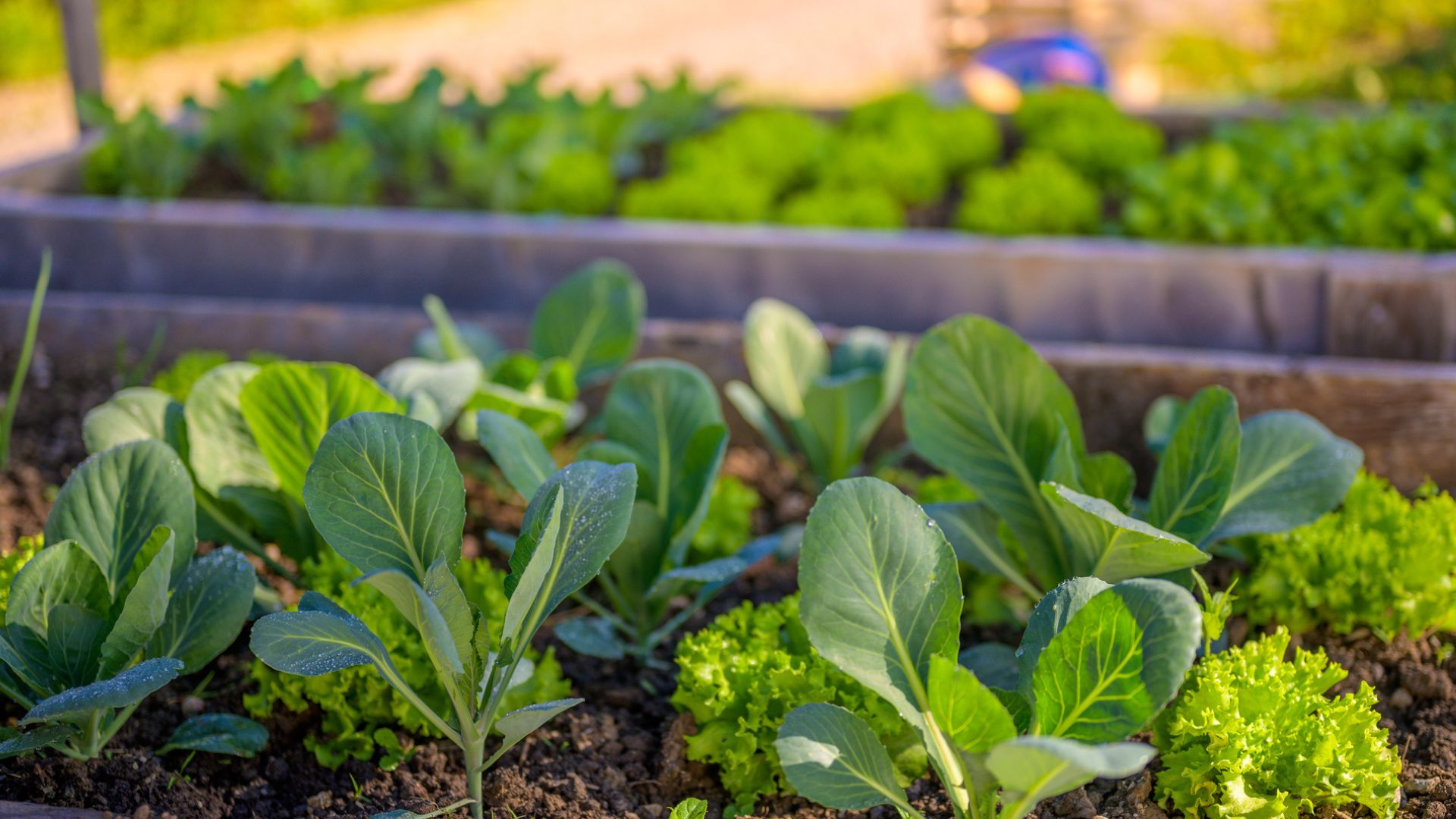
Community gardens are more popular than ever. The main goal of a community garden is to provide healthy food for community members but that’s only one of the many health benefits of community gardens.
It turns out that community garden health benefits extend beyond the physical. The social benefits of community gardens as well as the mental health benefits might even outweigh its physical benefits. Keep reading to learn about the physical and mental benefits of community gardens.
Physical Health Benefits of Community Garden
For the first time ever, the American Cancer Society funded a controlled trial of community gardening, and their findings were enlightening. They found that those who gardened actually ate more fiber and were more physically active – two ways to improve physical health. In turn, this had a number of noteworthy effects. These folks' stress and anxiety levels decreased markedly demonstrating improvement in both physical and mental health.
Better Nutrition
It comes as no surprise that involvement in a community garden would improve the participants' overall nutrition intake. According to the USDA, fruits and vegetables should make up one-third of our diets.
Fruits and vegetables are excellent sources of vitamins, minerals and fiber. In addition, they help to maintain a healthy gut and reduce digestive issues. Garden crops are also naturally low in fat and calories, and often the most colorful varieties contain antioxidants that fight free radicals and, consequently, cancer cells.
Greater Nutritional Knowledge
Many community gardens run programs focused on healthy cooking using ingredients grown directly on-site. In this way and through social interaction, members of the community begin to garner knowledge about the healthy foods they should eat vs. those that have little to no nutritional basis.
Increased Physical Activity
Along with being a great way to exercise, urban gardens motivate people to continue their physical activity longer because the garden turns into a social enterprise with a group goal of producing available, affordable, and healthful produce. Folks work harder and longer when they have a common goal in mind, and regular chats with neighbors make the activities even more fruitful.
Sign up for the Gardening Know How newsletter today and receive a free copy of our e-book "How to Grow Delicious Tomatoes".
Improved Cholesterol & Blood Pressure
Gardening is a moderate to heavy physical activity that’s been linked to a reduction in cholesterol and blood pressure.
Vegetables and fruit are low in both sodium and cholesterol. Community or urban gardens are often located in areas of “food desert,” neighborhoods where there is difficult or no access to supermarkets or farmers markets. Residents in these areas tend to eat more fast food or other processed foods available at the gas station or corner store. Making fresh produce more accessible helps participants reduce cholesterol levels.
The same can be said for reducing blood pressure. The physical activity associated with gardening, as well as the social aspects of communicating with people in similar situations can lower blood pressure. Eating healthful food is also a major factor in lowering blood pressure and is one of the biggest benefits to members of a community garden.
Mental Health Benefits of Community Gardens
When we feel good physically, we often feel good mentally. Community gardening tends to foster both physical and mental health.
Stress Relief
Focusing one's attention on the task at hand in the garden can help reduce intrusive negative thoughts and feelings. Gardening is also shown to reduce cortisol levels, a chemical the body produces in response to stress.
Social Connection
Community gardens do more than just feed people. They often assume the same role as a community center, public park, or even a church. They provide a comfortable environment in which members can learn new skills and make friends.
Every community garden is different but many are made up of citizens whose primary language isn’t English. A community garden is often a place where newcomers can find employment, learn how to apply for various social programs, learn English, and grow foods familiar to them in their native countries. They often find support from other folks who share the same background.
Improved Outlook & Life Satisfaction
Improvements in health through a more wholesome diet and physical activity can upgrade community gardeners’ overall outlook on life. Beneficial relationships with not only other community members but often with municipal resources that benefit youth, seniors, and the general community also foster a feeling of satisfaction. Urban gardens have been associated with a reduction in crime as well as benefits to the environment, both of which promote and support an improved lifestyle within the neighborhood.

Amy Grant has been gardening for 30 years and writing for 15. A professional chef and caterer, Amy's area of expertise is culinary gardening.
